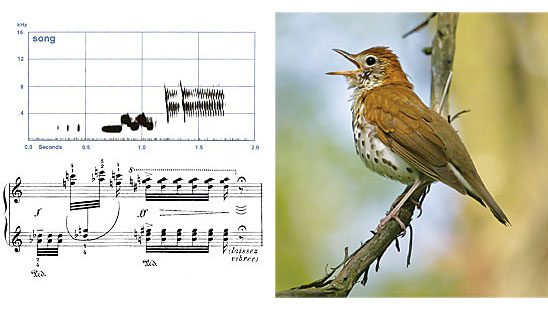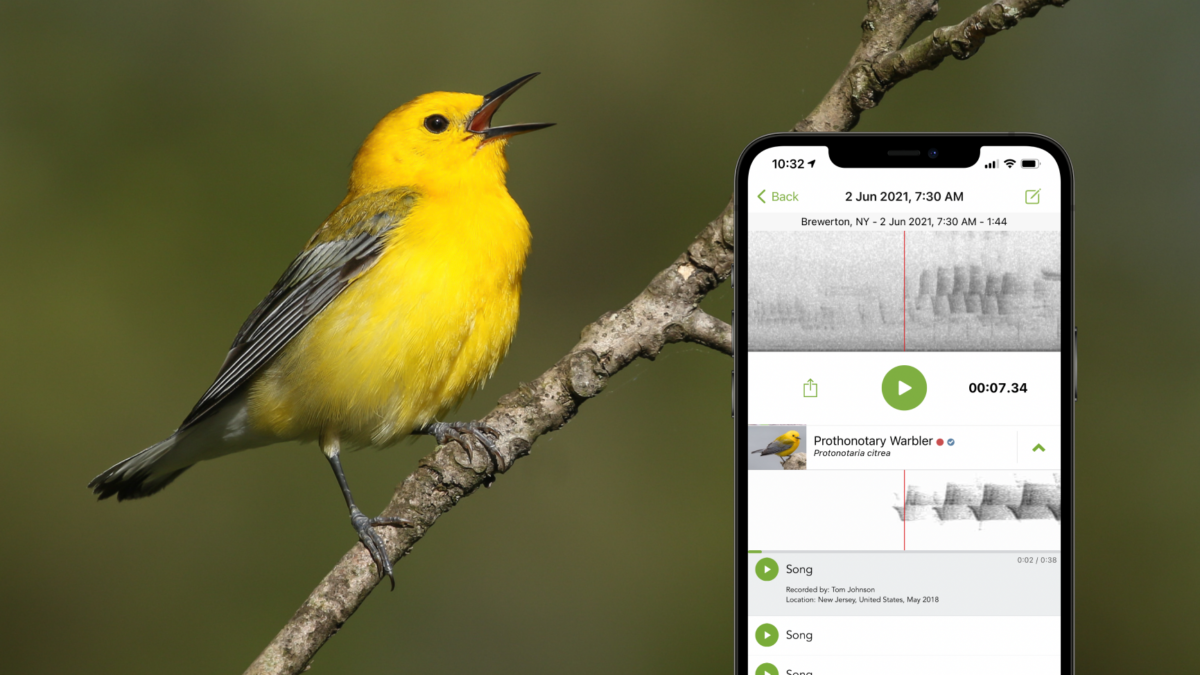The Language of Birds
Birdsong has long captivated the human ear — a dawn chorus spilling from hedgerows, a melodic warbler echoing through the trees, or the haunting cry of a loon across a lake. These sounds are more than just beautiful; they are a form of communication, a lifeline, and a signature of life’s diversity. Birds use songs to defend territory, attract mates, warn of predators, and stay connected with their flock. Every species has its own unique vocal fingerprint, shaped by evolution and geography. Some birds, like the mockingbird or the lyrebird, can even mimic the calls of other species, blurring the line between music and mimicry. But for most of human history, truly understanding bird vocalizations relied on careful listening, memory, and handwritten notes — until now.

How Bird Song Recognition Works
Bird song recognition is the process of using audio recordings and algorithms to automatically identify bird species by their vocalizations. This technology works by analyzing the pitch, rhythm, duration, and modulation of bird calls. Just as facial recognition uses patterns in images, bird song recognition tools look for spectrographic patterns — essentially visual representations of sound frequencies over time. These are compared against known audio signatures stored in databases. When a match is found, the system suggests a species ID. The more data a system has — both in variety and quality — the better its accuracy. Machine learning plays a key role here, enabling models to improve with each new audio clip they hear.
From Field Guides to Neural Nets
Before digital tools, birders relied on written descriptions and phonetic approximations to remember songs — like 'teacher-teacher-teacher' for the ovenbird or 'cheerily, cheer-up, cheerio' for the American robin. The arrival of portable recorders in the 20th century helped document bird sounds more objectively, but it was the advent of smartphone apps and AI that truly changed the game. Tools like Merlin Bird ID (from the Cornell Lab of Ornithology) now allow anyone with a phone to identify birds in real time based on song alone. These apps combine vast audio libraries, deep learning models, and user-friendly interfaces to make bird sound recognition accessible to beginners and experts alike. What was once an esoteric skill now fits in your pocket.

The Role of Birders and Citizen Science
One of the greatest strengths of bird song recognition is its ability to empower citizen science. Everyday nature lovers can now contribute valuable data simply by recording bird sounds in their backyard or on a walk. Apps often send anonymized data to global repositories, expanding our understanding of bird distribution, migration, and vocal variation. This crowdsourced approach makes ornithology more democratic — no longer limited to professional scientists or elite recorders. It also helps fill gaps in data across regions where formal studies are rare. In places like South America and Southeast Asia, volunteers using these tools are rapidly expanding audio biodiversity records, providing insight into previously undocumented species and populations.

Conservation Through Sound
Beyond identification, bird song recognition plays a critical role in conservation. Acoustic monitoring stations — sometimes solar-powered and deployed deep in forests — can record thousands of hours of bird song remotely. Using automated software, researchers can detect population changes over time, assess the impact of habitat loss, and identify shifts in breeding behavior caused by climate change. For rare and elusive species, sound can be the only reliable way to track their presence. In this way, the songs of birds become not just data points, but urgent messages about the health of the ecosystems they inhabit. Listening becomes a form of ecological vigilance.

Cultural Reverence for Birdsong
Birdsong has also long held spiritual and artistic meaning in many cultures. In Japan, the warbler’s trill symbolizes the arrival of spring. In Indigenous North American traditions, specific bird calls are woven into stories, ceremonies, and seasonal knowledge. Poets from Keats to Frost have written of birds as voices of memory and emotion. Technology now allows us to archive and explore these voices like never before. Sound libraries, public audio maps, and AI-powered playlists let us revisit a dawn chorus from the Amazon or hear the rare cry of a Hawaiian honeycreeper. These tools deepen not just our scientific understanding, but our emotional connection to the world around us.
Conclusion: Listening More Deeply
Bird song recognition is more than just a clever trick — it's a revolution in how we experience nature. It teaches us to slow down, to observe with our ears, and to appreciate the richness of life not just by what we see, but by what we hear. As artificial intelligence and conservation science converge, our ability to protect birds grows stronger. But so too does our sense of wonder. Each chirp, trill, and whistle becomes part of a global symphony — and now, finally, we can hear it all.
